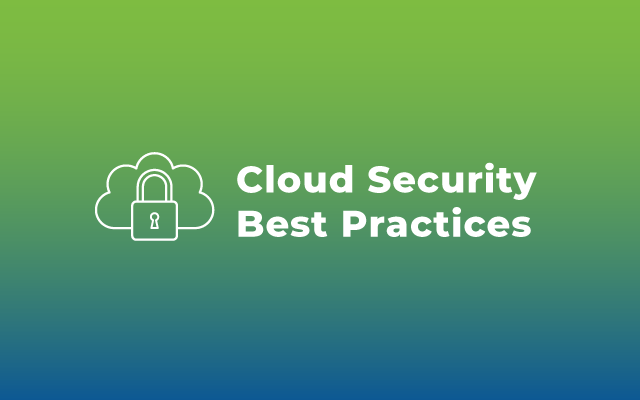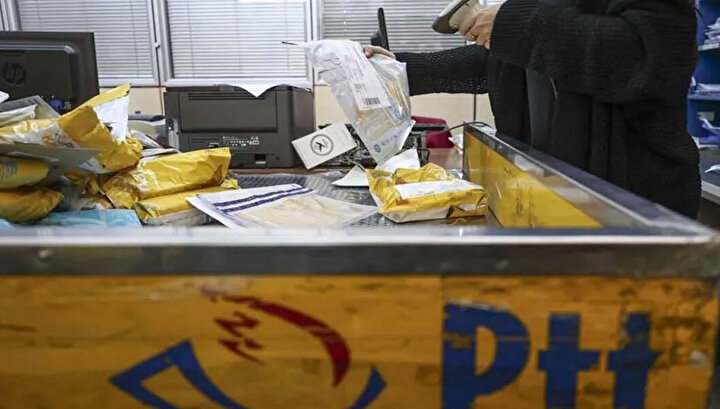Understanding Data Transfer: Methods, Security, And Best Practices

Table of Contents
Methods of Data Transfer
Data transfer methods can be broadly classified into wired, wireless, and cloud-based approaches. Each offers unique advantages and disadvantages, making the choice dependent on specific needs.
Wired Data Transfer
Wired methods offer speed and reliability, but often lack the mobility of wireless options.
- Ethernet: A widely used standard for local area networks (LANs), offering high speeds and low latency. Ideal for high-bandwidth applications within a limited geographical area.
- Advantages: High speed, reliable connection, low latency.
- Disadvantages: Limited range, requires physical cabling.
- Use Cases: Office networks, data centers, home networking.
- Fiber Optics: Utilizing light pulses to transmit data, fiber optics provide significantly higher bandwidth and longer transmission distances than traditional copper cables.
- Advantages: Extremely high bandwidth, long-distance transmission, excellent security.
- Disadvantages: High initial cost, specialized installation required.
- Use Cases: Long-haul telecommunications, internet backbone infrastructure, high-speed data centers.
Wireless Data Transfer
Wireless data transfer offers mobility and convenience but often compromises on speed and security compared to wired options.
- Wi-Fi: A popular standard for wireless local area networks, offering relatively high speeds and ease of use.
- Advantages: Mobility, ease of setup, wide adoption.
- Disadvantages: Susceptible to interference, security vulnerabilities if not properly configured, range limitations.
- Use Cases: Home networks, office networks, public Wi-Fi hotspots.
- Bluetooth: A short-range wireless technology ideal for connecting devices like smartphones, keyboards, and mice.
- Advantages: Low power consumption, easy pairing.
- Disadvantages: Short range, limited bandwidth.
- Use Cases: Connecting peripherals, transferring small files between devices.
- Cellular Data (3G, 4G, 5G): Mobile network technologies providing wireless connectivity for mobile devices. 5G offers significantly higher speeds and lower latency than its predecessors.
- Advantages: Mobility, wide coverage.
- Disadvantages: Speed variations depending on network congestion and signal strength, data costs.
- Use Cases: Mobile internet access, IoT device connectivity.
- Satellite: Utilizing satellites for long-distance communication, satellite internet provides connectivity in remote areas but often with higher latency.
- Advantages: Wide area coverage, connectivity in remote locations.
- Disadvantages: High latency, high cost, susceptible to weather conditions.
- Use Cases: Remote sensing, maritime communication, rural internet access.
Cloud-Based Data Transfer
Cloud services like Dropbox, Google Drive, and OneDrive have revolutionized data transfer, offering scalable storage and accessibility.
- Advantages: Scalability, accessibility from anywhere with an internet connection, automatic backups.
- Disadvantages: Reliance on internet connectivity, potential security concerns related to data breaches, vendor lock-in.
- Comparison: Different cloud providers offer varying levels of storage, security features, and pricing. Choosing the right provider depends on your specific needs and budget.
Data Transfer Security
Securing your data during transfer is paramount. Implementing robust security measures is crucial to protect sensitive information from unauthorized access and breaches.
Encryption Techniques
Encryption is the cornerstone of secure data transfer. Various methods exist, each with its strengths and weaknesses:
- AES (Advanced Encryption Standard): A widely used symmetric encryption algorithm offering strong security.
- RSA (Rivest–Shamir–Adleman): An asymmetric encryption algorithm commonly used for key exchange and digital signatures.
- End-to-End Encryption: Ensuring data is encrypted from the sender's device to the receiver's device, protecting it from interception even by the service provider.
- TLS/SSL (Transport Layer Security/Secure Sockets Layer): Protocols that provide secure communication over a network, commonly used for HTTPS websites.
Secure Protocols
Using secure protocols is essential for protecting data during transmission.
- HTTPS (Hypertext Transfer Protocol Secure): Ensures secure communication over the web, encrypting data exchanged between a client and a server.
- SFTP (SSH File Transfer Protocol): Provides secure file transfer over an SSH connection, offering strong encryption and authentication.
- Risks of Insecure Protocols: Using HTTP or FTP exposes data to interception and tampering.
Access Control and Authentication
Restricting access to data during transfer is equally crucial.
- Strong Passwords: Use strong, unique passwords for all accounts involved in data transfer.
- Multi-Factor Authentication (MFA): Implementing MFA adds an extra layer of security, requiring multiple authentication factors (password, one-time code, biometric).
- Access Control Lists (ACLs): Restricting access to data based on user roles and permissions.
- Firewalls and Intrusion Detection Systems: These security tools help prevent unauthorized access and detect malicious activity.
Best Practices for Data Transfer
Following best practices ensures efficient and secure data transfer.
Choosing the Right Method
Select a method based on factors like speed, security requirements, cost, and distance. Consider the sensitivity of the data and the available infrastructure.
Data Backup and Recovery
Regular data backups are essential to mitigate the risk of data loss during transfer. Implement a robust recovery plan to restore data in case of failure.
Monitoring and Auditing
Monitor data transfer activity for anomalies and regularly audit security logs to detect potential security breaches.
Compliance and Regulations
Adhere to relevant data privacy regulations like GDPR and CCPA to ensure compliance and protect user data.
Conclusion
Efficient and secure data transfer is crucial in today's digital world. By understanding the various methods, implementing strong security measures, and following best practices, you can ensure the reliable and safe movement of your valuable data. Choosing the right method, employing robust encryption, and adhering to stringent security protocols are key to protecting your information. Remember to regularly back up your data and monitor your systems for potential vulnerabilities. By implementing these best practices for data transfer, you can significantly reduce risks and enhance the overall efficiency of your data management processes.

Featured Posts
-
 Dodger Mookie Betts Misses Freeway Series Opener Due To Illness
May 08, 2025
Dodger Mookie Betts Misses Freeway Series Opener Due To Illness
May 08, 2025 -
 Thunder Vs Trail Blazers March 7th Game Time Tv Channel And Live Stream Info
May 08, 2025
Thunder Vs Trail Blazers March 7th Game Time Tv Channel And Live Stream Info
May 08, 2025 -
 Secure Your Psl 10 Tickets Sale Begins Today
May 08, 2025
Secure Your Psl 10 Tickets Sale Begins Today
May 08, 2025 -
 A Good Boy Kryptos Appearance In Latest Superman Film Clip
May 08, 2025
A Good Boy Kryptos Appearance In Latest Superman Film Clip
May 08, 2025 -
 Ptt Personel Alimi 2025 Kpss Li Ve Kpss Siz Alimlar Ne Zaman
May 08, 2025
Ptt Personel Alimi 2025 Kpss Li Ve Kpss Siz Alimlar Ne Zaman
May 08, 2025
Latest Posts
-
 56 Million Boost For Community Colleges To Combat Nursing Shortage
May 09, 2025
56 Million Boost For Community Colleges To Combat Nursing Shortage
May 09, 2025 -
 Anchorage Witnesses Second Anti Trump Protest In Two Weeks
May 09, 2025
Anchorage Witnesses Second Anti Trump Protest In Two Weeks
May 09, 2025 -
 Four New Openings In Anchorage Candle Studio Alaska Airlines Lounge Korean Bbq Diner And Eye Tooth Restaurant
May 09, 2025
Four New Openings In Anchorage Candle Studio Alaska Airlines Lounge Korean Bbq Diner And Eye Tooth Restaurant
May 09, 2025 -
 New Anchorage Establishments Candle Studio Alaska Airlines Lounge Korean Bbq And Eye Tooth Restaurant
May 09, 2025
New Anchorage Establishments Candle Studio Alaska Airlines Lounge Korean Bbq And Eye Tooth Restaurant
May 09, 2025 -
 Anchorage Welcomes Candle Studio Alaska Airlines Lounge Korean Bbq And Eye Tooth Restaurant
May 09, 2025
Anchorage Welcomes Candle Studio Alaska Airlines Lounge Korean Bbq And Eye Tooth Restaurant
May 09, 2025
